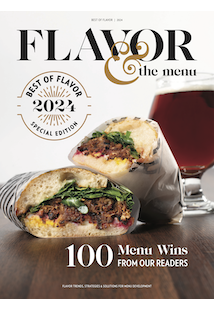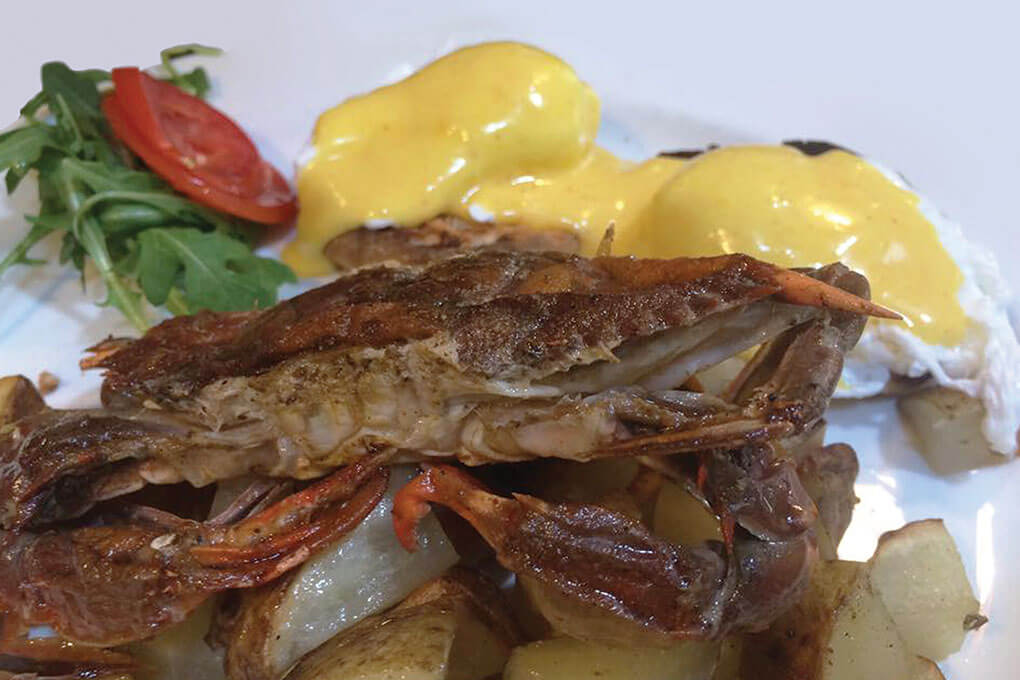 Jay Fleming
Jay Fleming Nick Crook
Nick Crook, Annapolis, MD.
At 31, crab fisherman Nick Crook is half the age of the average commercial waterman anchored in his home state of Maryland. In this region of closely guarded traditions, many crab fishermen still use time-honored methods, hand-harvesting with baited trotlines and dipnets.
Crook and his partner Ben Beyers learned these traditional methods—as well as more modern ones that involve crab pots—as young boys growing up on the Eastern Shore of the Chesapeake Bay. And they now represent the next generation of commercial fishermen attempting to make a living crabbing.
But they face some headwinds as boats are harder to finance, bait prices soar, fishing regulations change, warming waters affect their catch, and the hustle to get their product to market seems never-ending.
But Crook and Beyers do have an advantage in that chefs widely recognize the incredible quality of Chesapeake crabs. The state of Maryland even went so far as to create a program called “True Blue” to help chefs authenticate and communicate the delicious legacy of Maryland blue crab on their menus.
And it surely advances the narrative when the watermen themselves show up at the back door carrying bushels of the famously ornery live crabs.
Zena Polin, Co-owner, The Daily Dish, Silver Spring, MD. and The Dish & Dram, Kensington, MD.
Restaurant partners Zena Polin and Jerry Hollinger only serve soft-shell crabs—blue crabs that have sloughed off their hard shells—that hail from the waters around their home state of Maryland. Polin says restaurants in the Washington, D.C., area begin serving soft-shells when they are first available elsewhere, usually coming from the Carolinas, or as far south as the Gulf.
“We wait until they are available from the Chesapeake Bay, so they are truly local and very fresh. Plus, they taste better than blue crabs from elsewhere,” says Polin.
She and Hollinger serve the largest Maryland soft-shell blue crabs they can source from May to September, offering them daily in a variety of dishes—tucked into a BLT or atop salads at lunch, or in dinner specials like tempura soft-shell crabs with andouille sausage, summer succotash and asparagus.
Polin likes to serve the soft-shells at brunch. She says the “mustard” found in the middle of the crab—a creamy, full-flavored, peppery yellow substance from the liver—acts like an egg yolk in a dish.
“Serving soft-shells with traditional comfort foods like eggs Benedict puts a fun and flavorful twist on them,” she says.











